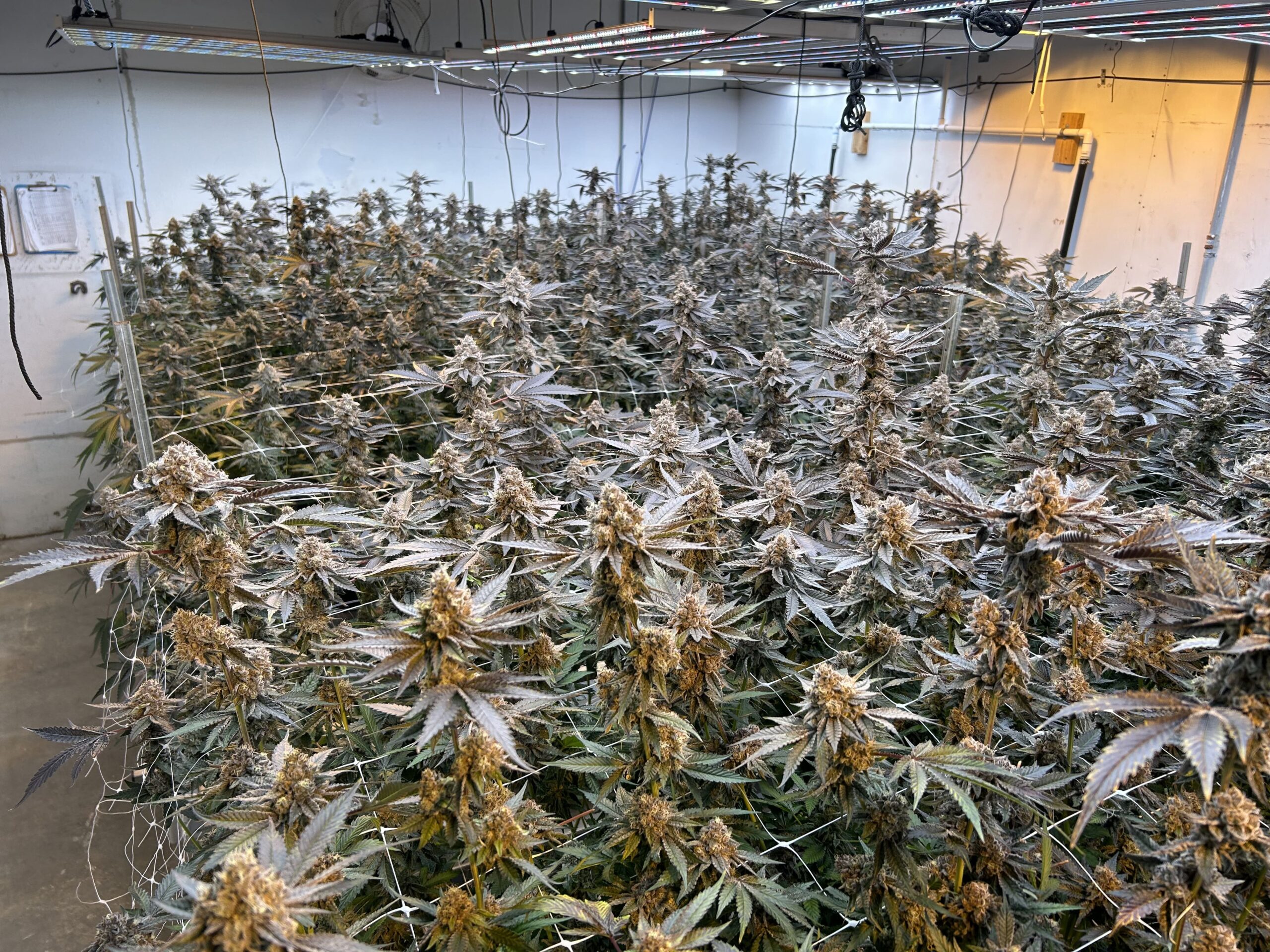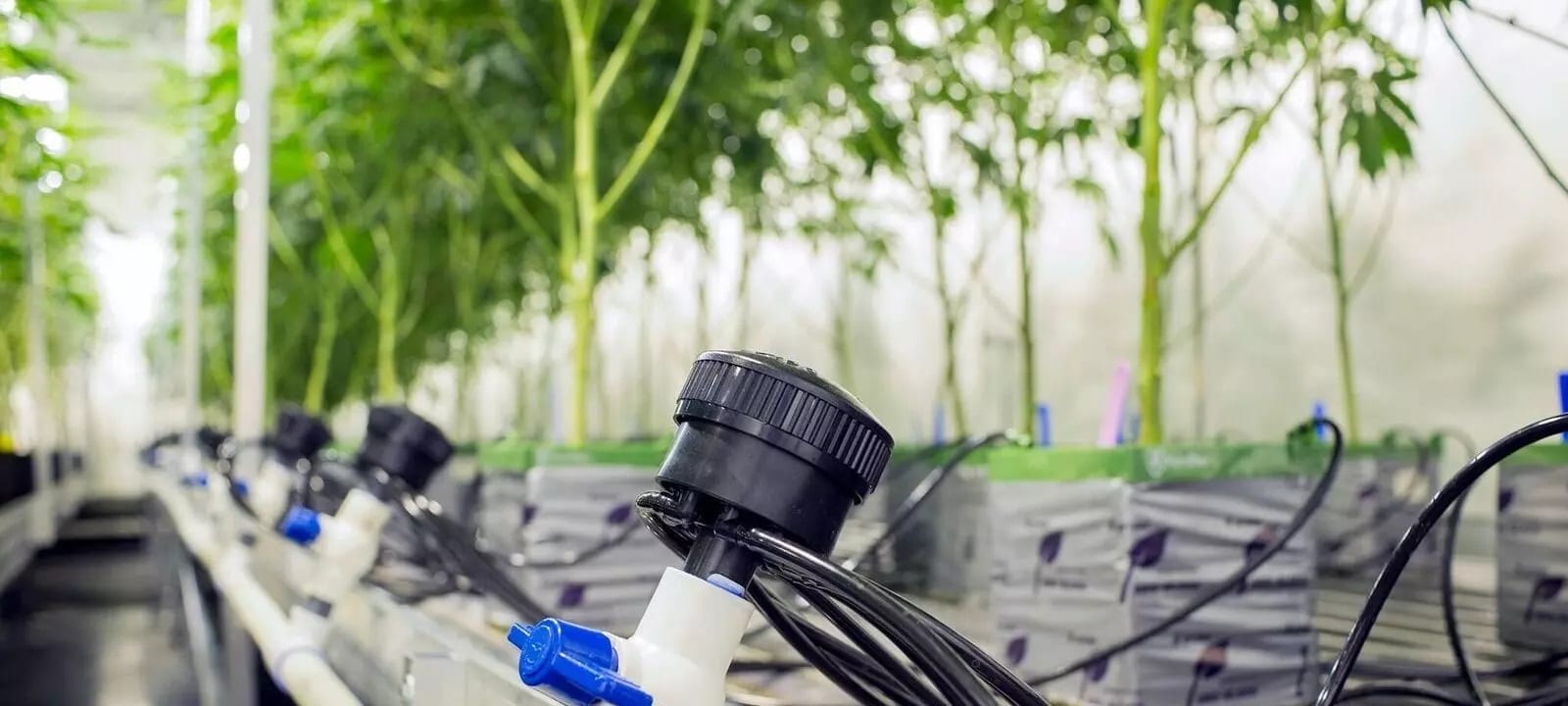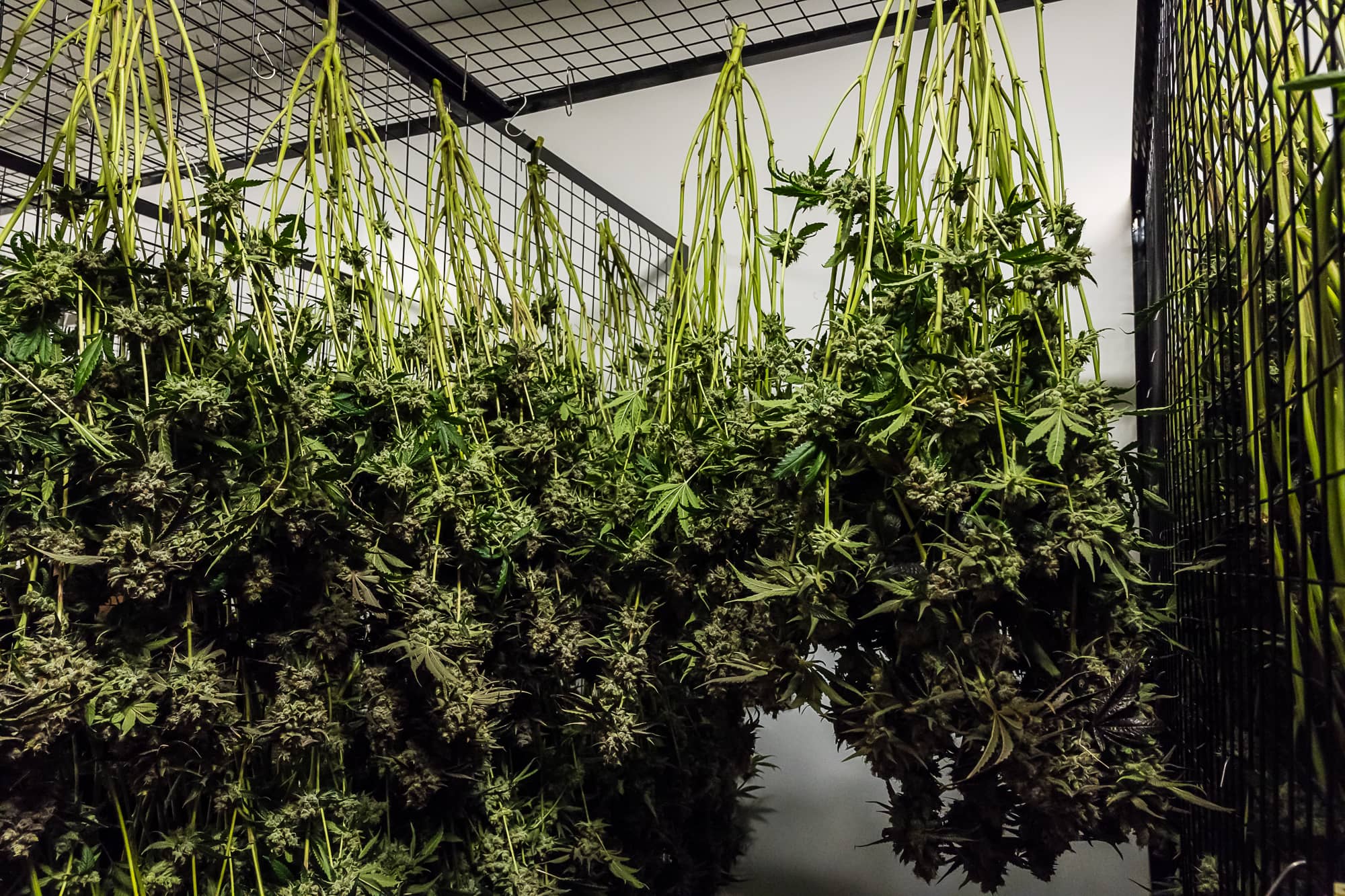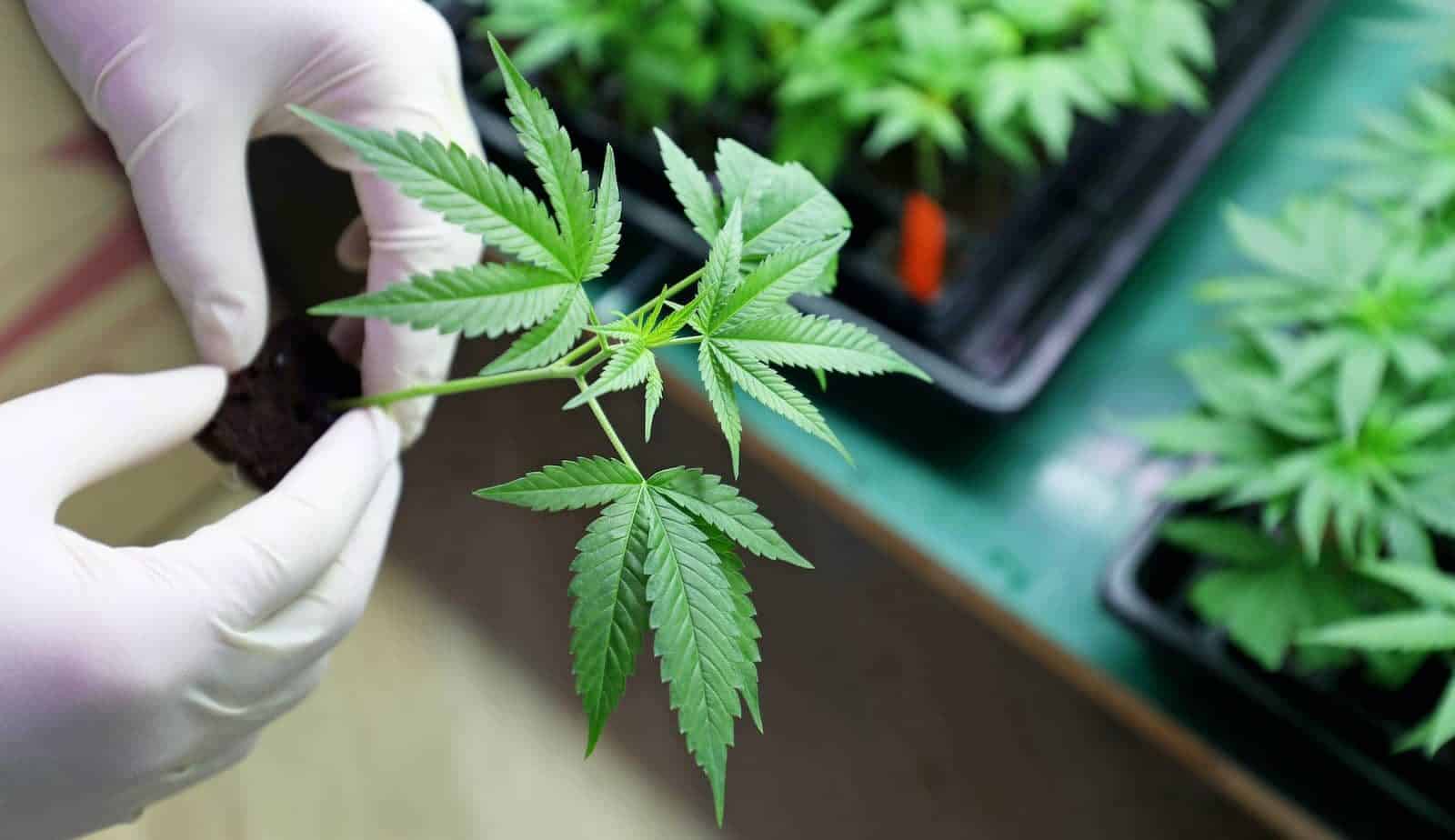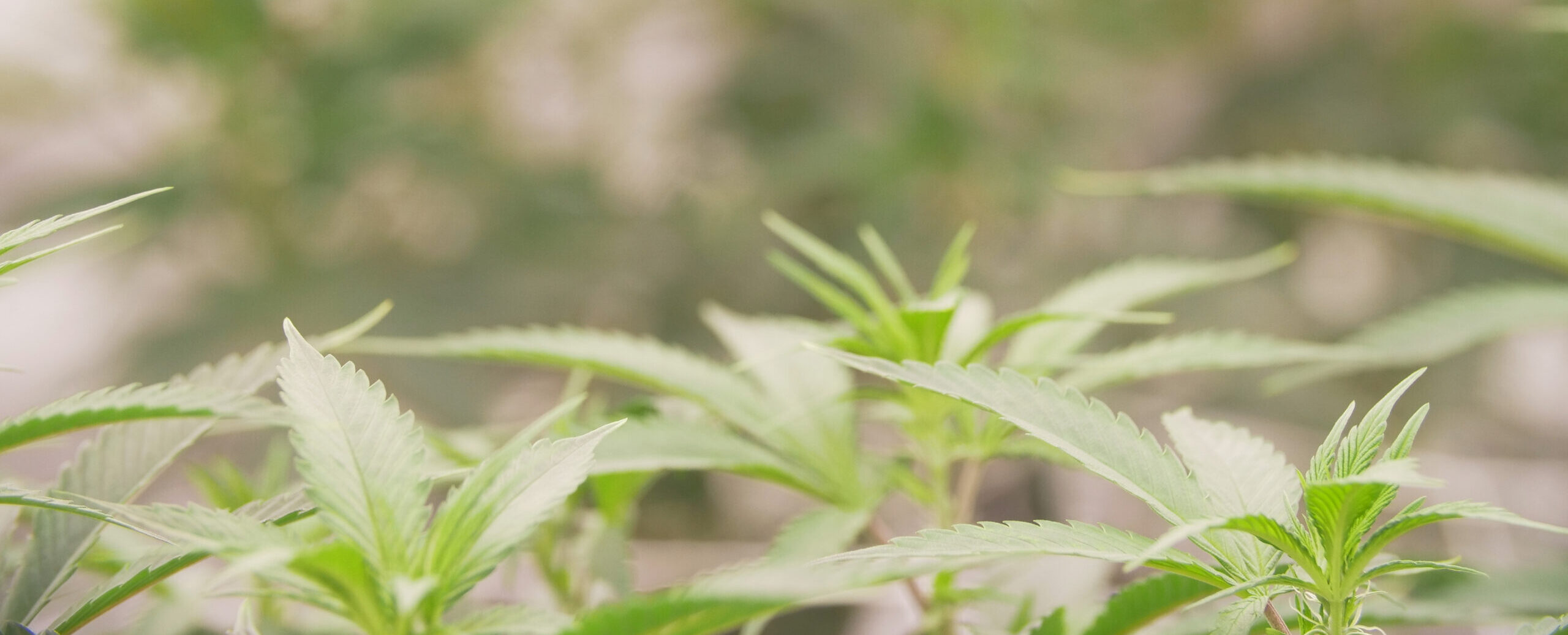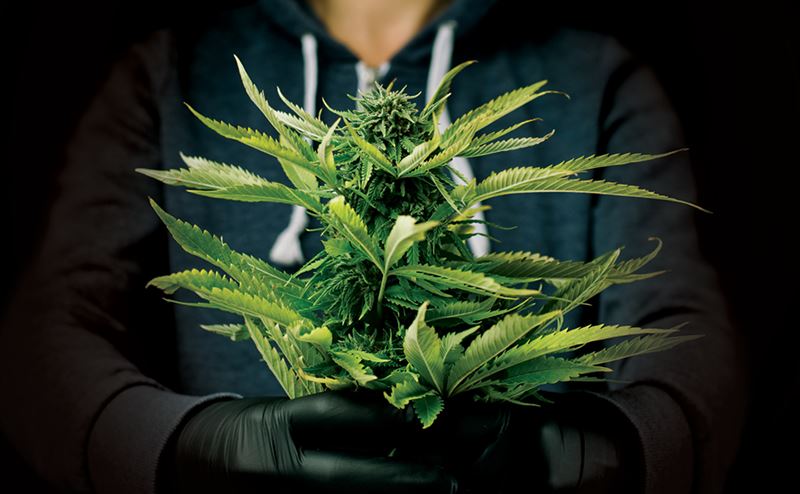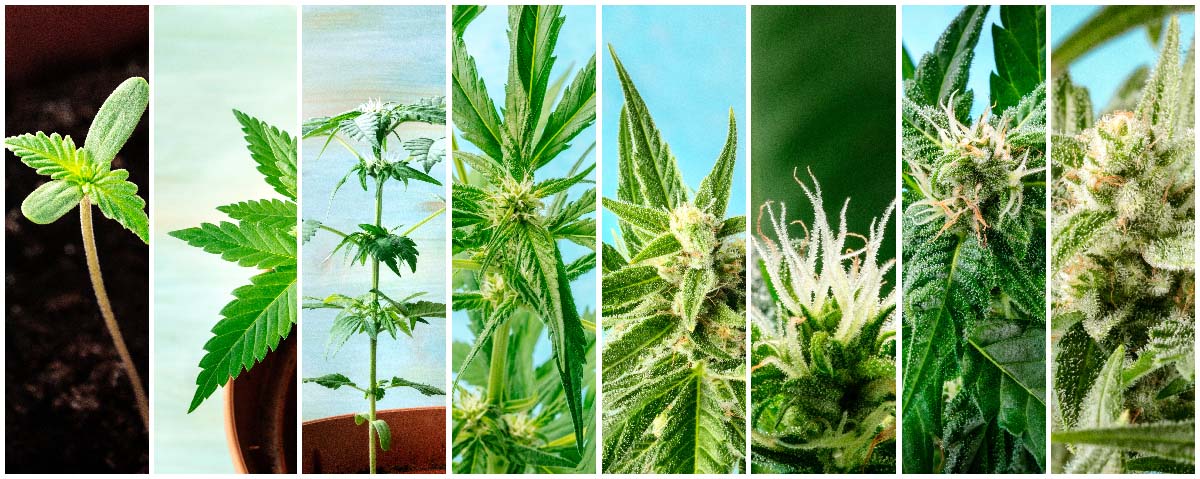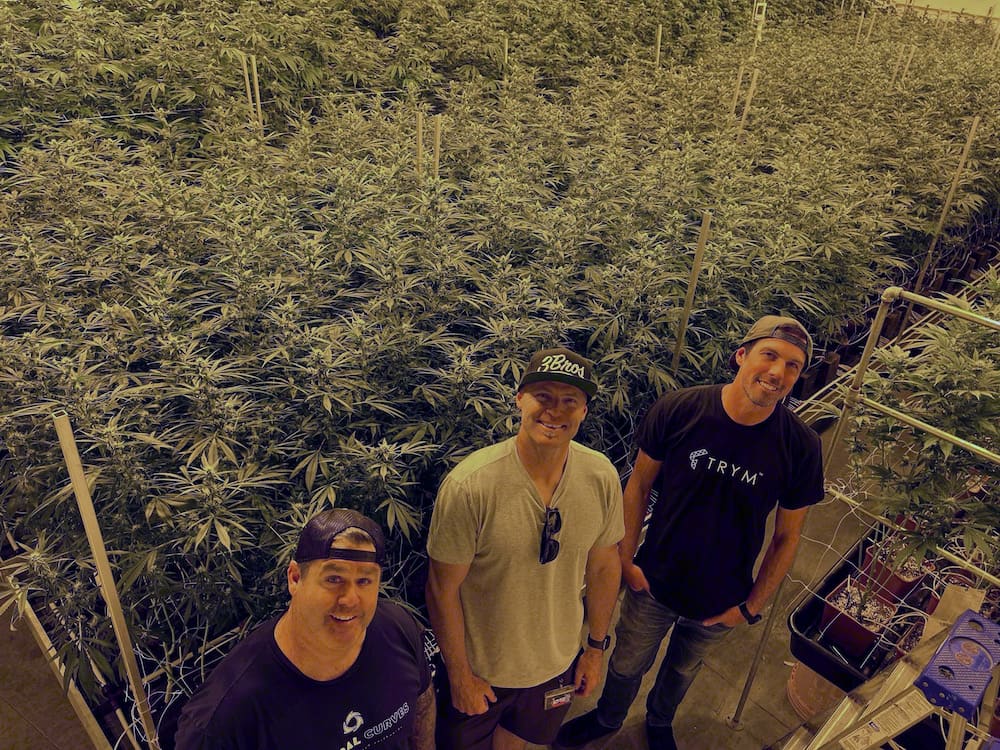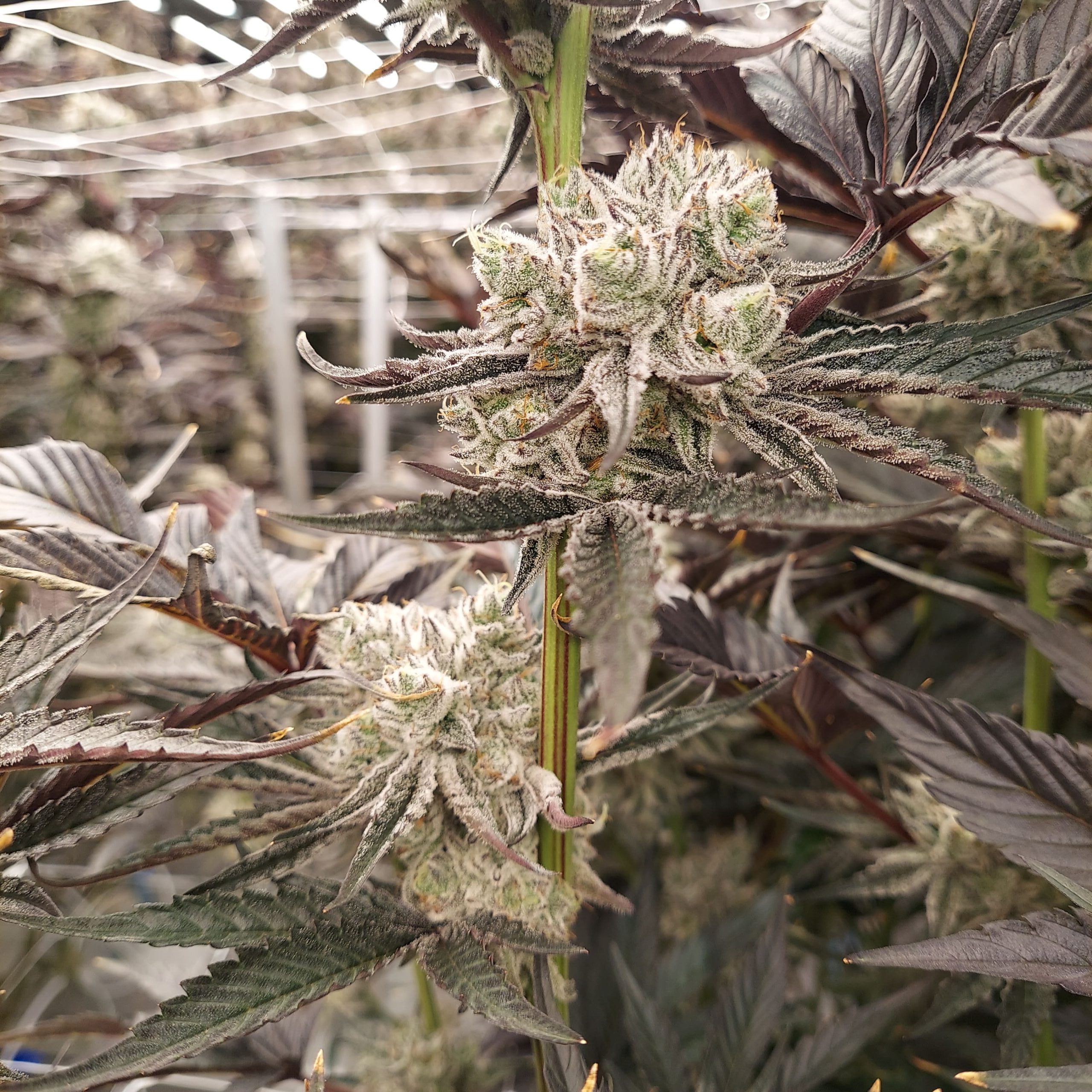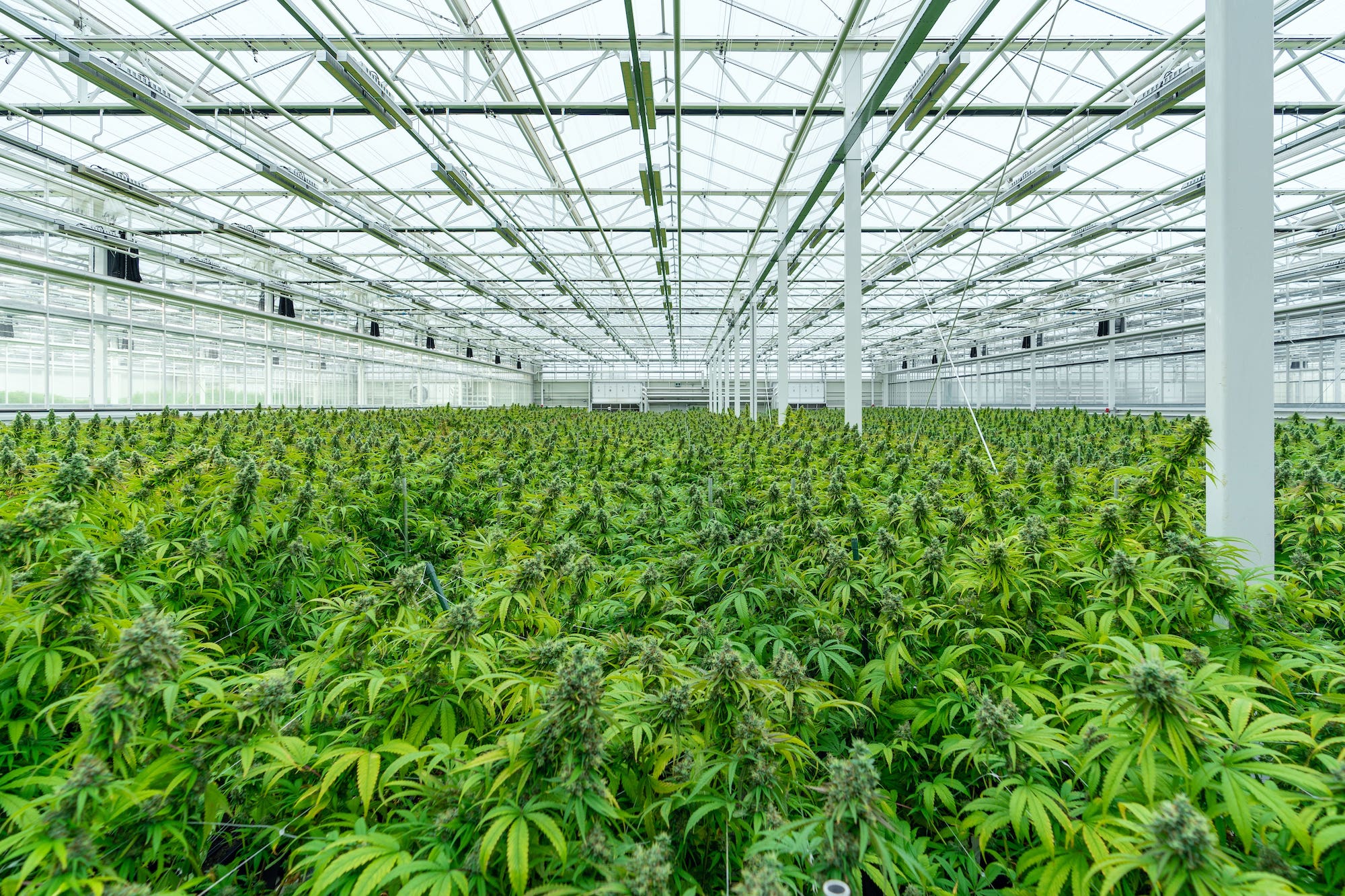Table of Contents
Introduction
The cannabis cultivation industry faces a significant hurdle: a high employee turnover rate, with 40-60% of workers leaving within two months.1
High employee turnover challenges continuity and strains resources, as lost expertise and the need for constant training of new staff impacts crop quality and productivity. Effective solutions are needed to manage this turnover, streamline training, and maintain consistent cultivation practices. Addressing these challenges is key to stabilizing and improving the workforce in this specialized field.
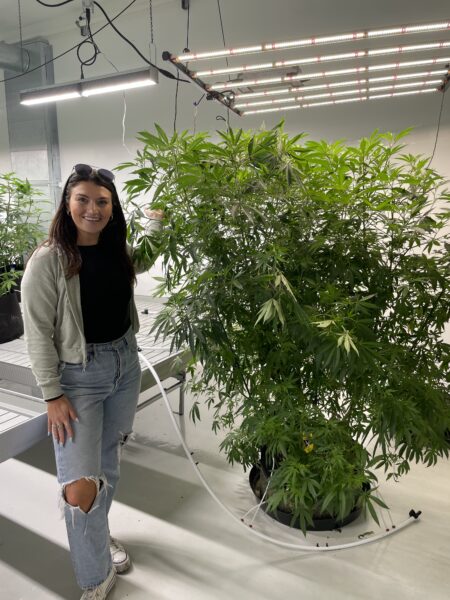
Understanding the Cannabis Turnover Challenge in Cultivation
Employee turnover in cannabis cultivation isn’t just a human resources issue; it’s a critical factor impacting the industry’s growth and stability. Let’s explore the reasons behind this high turnover rate and its far-reaching consequences.
Why Employees Leave: A Closer Look
In the world of cannabis cultivation, losing skilled workers is a major setback. These employees carry unique skills in cultivation techniques, like managing pests and controlling diseases, which are crucial for healthy crops. When they leave, they take this specialized knowledge with them. This loss poses a real challenge in maintaining the delicate balance needed for optimal growing conditions and resolving cultivation-related issues effectively.
The Cost of High Cannabis Industry Turnover
The impact of high employee turnover extends beyond just losing skilled hands; it hits the heart of productivity and financial stability in cannabis cultivation.
Firstly, there’s the issue of quality and consistency. Experienced workers ensure high standards in cultivation, directly affecting the yield and quality of the product. Cultivation techniques like pest management and disease control are specialized skills valuable to the operation. When the employees who hold all the knowledge leave, maintaining the same level and quality of production may be a challenge.
Then there’s the financial angle. Training new employees is an expensive and time-consuming endeavor. It’s not just about the money spent on the training process itself but also the indirect costs.
These include reduced productivity as new employees get up to speed and potential operational slowdowns. Every new hire means investing significant time and resources, straining the company’s budget and affecting its overall efficiency. This cycle of hiring and training creates a continuous financial burden, emphasizing the need for effective strategies to manage turnover in this specialized industry.
The Power of Effective Training
Effective training in cannabis cultivation goes beyond mere skill development; it’s a pivotal strategy for retaining staff and ensuring continuous growth. We’ll delve into how training can bridge the knowledge gap left by departing employees and act as a key tool for staff retention.
Bridging the Knowledge Gap
When skilled workers leave, they take their invaluable expertise with them, creating a knowledge gap in cannabis cultivation. Effective training programs are crucial in filling this gap. They ensure that critical cultivation skills, from nuanced plant care techniques to pest management, are passed on to new team members. This continuity of knowledge is essential for maintaining the high standards necessary in cannabis cultivation.
Training as a Retention Tool
Moreover, training is not just about imparting skills; it’s a powerful retention tool. When employees feel invested in through comprehensive training, their engagement, and loyalty to the company increase. This sense of being valued and the opportunity to grow professionally can significantly reduce their likelihood of leaving. Effective training can transform a potential exit into a long-term commitment, stabilizing the workforce in this rapidly evolving industry.
Implementing a Robust Training Program
Creating a strong training program in cannabis cultivation is key to addressing high turnover and ensuring sustained growth. This section will outline the crucial elements of an effective training program and how to measure its success.
Essential Components of Cannabis Training
A robust cannabis training program should cover more than just the basics. It must encompass everything from detailed cultivation techniques and environmental control to compliance and safety protocols. Hands-on experience combined with theoretical knowledge forms the foundation of this training. Additionally, incorporating mentorship and continuous learning elements can keep the workforce abreast of the latest industry developments and best practices.
Measuring Training Effectiveness
To ensure the training program is beneficial, tracking and measuring its effectiveness is important. This can be done through various methods, such as employee feedback, performance assessments, and retention rates. Regular evaluations help identify improvement areas and assess whether the training aligns with the actual needs of the workplace. Ultimately, the effectiveness of a training program is reflected in the improved performance of the workforce and a decrease in turnover rates.
The Crucial Role of Data in Employee Transition
In the dynamic environment of cannabis cultivation, the transition of employees can be smoothed significantly by the effective use of data and logs. This segment will explore how meticulously maintained records can aid in onboarding and the potential pitfalls of neglecting this crucial aspect.
Data to the Rescue: Importance in Onboarding
Data and logs play an instrumental role in the onboarding process. They act as a repository of collective knowledge, capturing the nuances of different cultivars and their specific care requirements. This information is invaluable for new employees who must quickly adapt to each strain’s unique needs. By accessing well-documented records, new team members can pick up where their predecessors left off more effectively, ensuring continuity in cultivation practices.
Common Problems When Records are Missing
However, when these records are incomplete, outdated, or inaccessible, it can lead to significant challenges. Facilities often face setbacks in maintaining optimal growing conditions and effectively addressing issues when they arise. The absence of detailed logs means losing the accumulated wisdom of experienced employees, which can be crucial in decision-making processes. This lack of data can result in inefficiencies, errors in cultivation, and, ultimately, a decline in plant health and productivity.
Consequences of Poor Data Management
To understand the full impact, consider a scenario where crucial data about pest control or nutrient requirements isn’t available. Such gaps in information can lead to improper care of the plants, potentially resulting in lower yields, quality issues, or even crop failure. It underscores the importance of collecting data and ensuring its quality, relevance, and accessibility for all employees, old and new.
How Trym Works: A Deep Dive
Trym, an innovative cultivation software, revolutionizes managing and utilizing data. By facilitating easy access to critical cultivation data and log management, Trym streamlines many aspects of the cultivation process, from planning to execution.
This section will delve into how Trym simplifies data management, enhances the training process, and supports businesses bound to face turnover and knowledge transfer challenges.
Making Data Easy: Streamlining Cultivation Management
Trym stands out for its user-friendly approach to data management. It allows cultivators to monitor and record various aspects of the cultivation process easily.
The key features of the software are:
Labor Tracking: Trym provides a clear view of the labor and effort required for each batch, helping growers allocate resources more effectively.
Historical Data Access: The software makes it easy to review past cultivation records, like notes and observations and harvest data. This feature is crucial for understanding the optimal conditions for different cultivars, allowing for continuous improvement in cultivation practices.
Task Management: Trym offers a breakdown of weekly tasks required for plant care, ensuring that all essential steps are followed. SOPs can be automatically added to task instructions so that new employees can have the guidance they need to succeed.
Simplified Training Process: Trym standardizes onboarding, allowing new employees to quickly familiarize themselves with their daily tasks and overall cultivation strategy. Trym also partners with Vangst to offer learning management solutions for cultivators.
Facilitating Knowledge Transfer: The software acts as a centralized platform for communication, enabling seamless knowledge transfer between outgoing and incoming staff. The Chat module has both direct messaging and custom channels.
Workflow and Compliance Management: Trym assists in capturing and reporting on employee workflows, compliance actions, and environmental data, ensuring that all team members are up-to-date with the latest procedures and regulations.
The following screenshot shows the batch view.

This screenshot allows owners to look at historical records of the optimal conditions for their cultivars.
Finally, this screenshot shows how one can look at historical records and understand the weekly breakdown of what tasks are performed at the facility.

Real Success Stories: Demonstrating Trym’s Effectiveness
The effectiveness of Trym is best illustrated through real-world applications. Numerous case studies show how Trym has helped cultivators streamline their processes, maintain high-quality crops, and improve efficiency.
Check out the latest Case Study with DeTerra Farm in Portland, Oregon:

Conclusion
The challenges of high turnover in the cannabis cultivation industry, with its impact on productivity and consistency, highlight the need for effective solutions. Tools like Trym, which streamline data management and facilitate better training and knowledge transfer, are proving to be game-changers. They not only address the immediate issues of employee transition but also contribute to the long-term stability and growth of cannabis cultivation businesses.
By embracing these innovative software and process innovations, cultivation teams can turn the tide on cannabis turnover, fostering a more skilled, efficient, and committed workforce.

